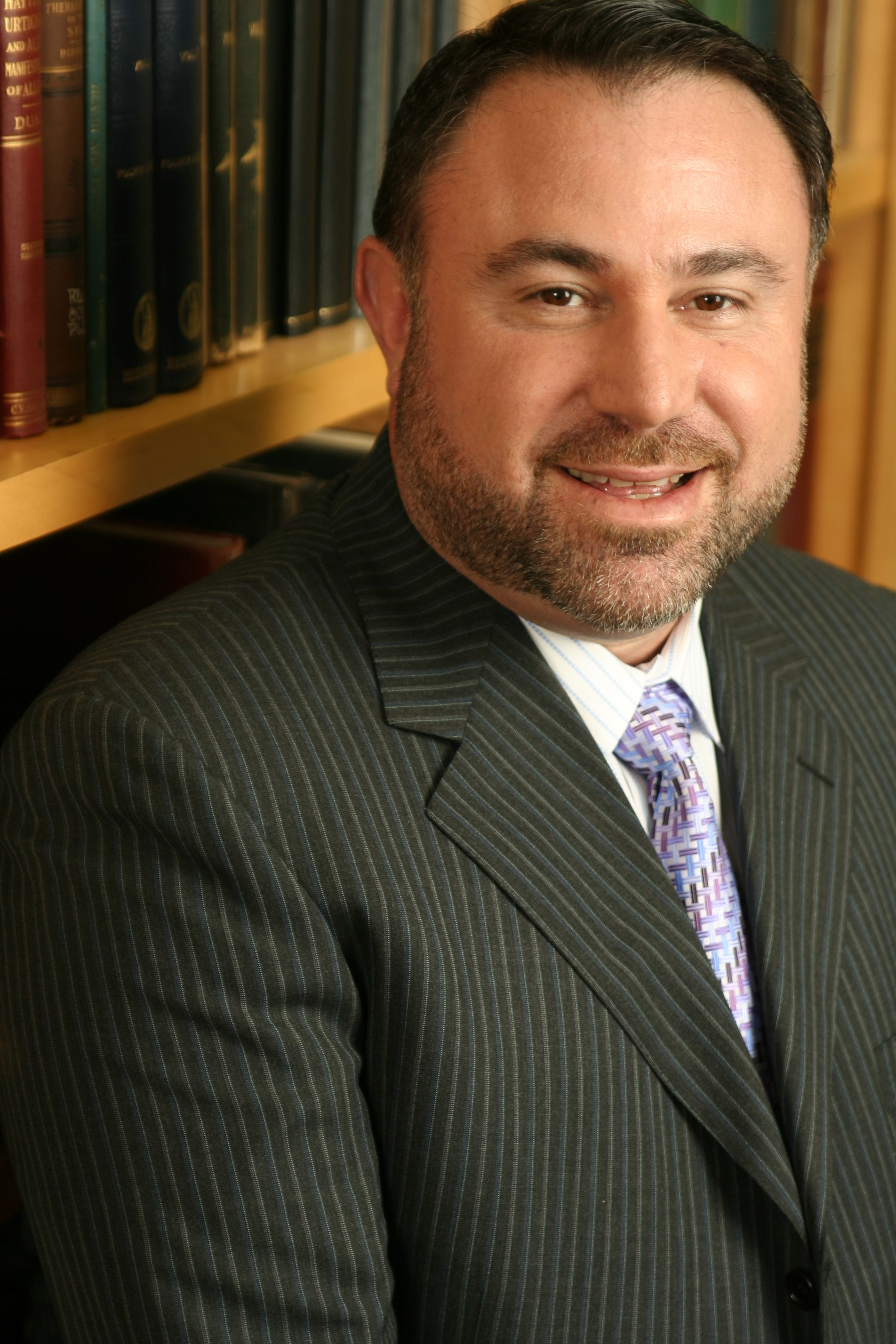- Acne
- Actinic Keratosis
- Aesthetics
- Alopecia
- Atopic Dermatitis
- Buy-and-Bill
- COVID-19
- Case-Based Roundtable
- Chronic Hand Eczema
- Chronic Spontaneous Urticaria
- Drug Watch
- Eczema
- General Dermatology
- Hidradenitis Suppurativa
- Melasma
- NP and PA
- Pediatric Dermatology
- Pigmentary Disorders
- Practice Management
- Precision Medicine and Biologics
- Prurigo Nodularis
- Psoriasis
- Psoriatic Arthritis
- Rare Disease
- Rosacea
- Skin Cancer
- Vitiligo
- Wound Care
Article
At-home devices: Bottom line bust or boom?
What, if anything, can dermatologists and other aesthetic practitioners do to use home aesthetic devices to their advantage? Physician experts offer their perspective.
For dermatologists, it seems logical to think that the flood of at-home treatment devices - promising everything from hair removal to skin rejuvenation - will hurt business.

Dr. GoldBut some dermatologists say it doesn’t have to be so. Dermatologists can use these devices as therapy adjuncts - even profit centers. And there’s plenty of business to go around, regardless of how big the at-home aesthetic device market gets, according to Michael Gold, M.D., a dermatologist in Nashville, Tenn.
“When home devices first came out, everybody in dermatology, plastic surgery - everybody in the esthetic community - said, ‘Oh my God! We’re going to be losing all our patients,’” Dr. Gold tells Dermatology Times.
The reality, according to Dr. Gold, is dermatologists and cosmetic surgeons who offer in-office procedures such as hair removal, only capture a fraction of the market. And the home device industry doesn’t seem to be shaking up the physician’s piece of the pie. Statistics released by the American Society of Plastic Surgeons in 2013, for example, show a slight downward trend in laser hair removal in plastic surgery practices, from 1,118,254 in 2012 to 1,077,158 in 2013. However, during the same time period in-office offerings such as nonablative resurfacing rose from 361,784 to 365,596.

Dr. CrutchfieldCharles E. Crutchfield III, M.D., clinical professor of dermatology at the University of Minnesota Medical School, tells Dermatology Times, “We really feel absolutely no competition from ‘at home’ laser[s]. In fact, our laser business has steadily increased over time; and I think that’s purely based on the advances in laser technology and increased abilities that we have with newer generation lasers.”
Whether the do-it-yourself market will impact dermatologists and cosmetic surgeons depends on how they handle things, says Dr. Gold. If they embrace the option for patients, hair removal, skin rejuvenation and acne therapy and other home devices could help aesthetic practices.
NEXT: Do they actually work?
More on lasers
RELATED: Laser and light devices: What's trending
RELATED: Experts' top device picks
Do They Actually Work?
While some dermatologists say at-home devices for skin care, skin rejuvenation and hair removal work, others believe that today’s do-it-yourself devices don’t work well enough to recommend to patients.
According to Dr. Crutchfield, he doesn’t sell at-home devices in his office because they don’t work that well “and I want my patients to be happy.”
However, Dr. Gold believes that the FDA-cleared devices for hair removal, skin rejuvenation and acne treatment work. “I have some LED-type devices, which are red light. That work very nicely for rejuvenating the skin,” he says. They’re just not as powerful as what dermatologists can offer in the office. Results from at-home devices come slowly and only with continued use.
Demonstrating results: The benefits of 4D video for patient before and afters
At the same time, Dr. Gold says he only recommends home devices to people who understand what they can and can’t do. Without properly educating patients about the limitations of these devices, dermatologists might indeed be setting themselves up for unhappy customers.
“First and foremost, the people who purchase them must have realistic expectations, otherwise they will think that these all will act just like the professional devices, which is just not the case. I also think that without realistic expectations, people will just not be happy,” Dr. Gold says. “For instance - we are getting ready to have some non-ablative fractional devices for home use - will they make every wrinkle or scar disappear? People will spend good money for them and think they should, but we know they will not.”
Showing efficacy is an FDA requirement, along with proving safety, Dr. Gold points out.
“Now we’re entering the whole world…. There’s a device that we’re just starting to use called Newa (EndyMed Medical). It is a radiofrequency device that promotes skin tightening and works very nicely….”
In a study of 69 patients, published November 2014 in the American Journal of Drugs in Dermatology, the Newa Skin Rejuvenation System was shown to reduce wrinkles by an average 36 percent after one month of treatment.
In another study of 124 patients, an at-home nonablative fractional laser device for wrinkle reduction was shown to improve most patients’ periorbital wrinkles. (Leyden J, Stephens TJ, Herndon JH Jr. Multicenter clinical trial of a home-use nonablative fractional laser device for wrinkle reduction. J Am Acad Dermatol. 2012 Nov;67:975-984.)
Study suggests Silk'n Blue at-home device benefits acne patients
Other new devices that Dr. Gold recommends include the iluminage Skin Smoothing Laser, a take-home nonablative fractional device.
Finding Synergy
As the old adage goes, if you can’t beat ‘em, join ‘em! Rather than try to beat at-home devices, dermatologists and cosmetic surgeons may want to consider joining the industry’s momentum.
According to Dr. Gold, results from at-home device use - whether it’s for facial rejuvenation, acne treatment, hair removal or hair growth - improve when patients combine in-office and at-home treatments for maintenance.

Dr. HellmanJudith Hellman, M.D., associate professor of dermatology at Mount Sinai Hospital in New York City, says she recommends at-home devices as adjuncts to in-office treatment, including acne therapy. She says she does not think at-home devices take the place of what dermatologists do in the office.
“In all honesty… the actual at-home devices are really great, but I think they’re more used as an adjunct to real treatments.,” says Dr. Hellman. “I think any patient will tell you that the result they get with the in-office laser [for example] is much more effective, much more quickly effective, much more long-term….”
At-home devices empower patients to improve upon what dermatologists do in the office to treat acne, remove hair, rejuvenate the skin and more, according to Dr. Hellman. “I think the best way to use at-home devices is to incorporate them. I see them as an added benefit, not a threat.”
Where There are Buyers….
The at-home aesthetic device market is here for the long-term.
A 2011 report by consulting and research firm Kline and Company revealed a booming market for power-operated devices designed for acne elimination, anti-aging treatment and daily cleansing. Kline predicted the retail market for at-home skin care devices would be close to $1 billion that year, with exceptional growth expected for the next five years.
“While sonic cleansing products, led by market leader Clarisonic, top the list as the highest growth segment, acne treatment devices are the fastest growing. Meanwhile, anti-aging devices are expected to grow by a very healthy 50 percent this year alone, benefiting from consumers’ demand for products to reduce the appearance of fine lines, wrinkles, and age spots,” according to a Kline press release.
Using the Devices to Your Practice’s Advantage
What can dermatologists and other aesthetic practitioners do to use home aesthetic devices to their advantage? Dr. Gold offers these tips:
Become aware of what’s out there - the different technologies and what they do. Know which are quality products and have been FDA cleared and which have not.
Consider recommending your favorite devices to patients, using them to improve results you achieve with in-office treatments, and, even, selling quality devices.
“If people would sit back and take a deep breath and realize that if you use them as adjuncts to your practice, it’s a great idea. If somebody comes in and they’ve used some of these home devices, they’re still most likely going to need you for something. The new devices are actually getting more sophisticated, but there are still enough patients out there, so that it’s not going to hurt us,” Dr. Gold says.
Disclosure: Dr. Gold is a consultant to Home Skinnovations, has performed clinical research for Syneron Beauty (now iluminage) and has performed clinical research for Tria.
Newsletter
Like what you’re reading? Subscribe to Dermatology Times for weekly updates on therapies, innovations, and real-world practice tips.














